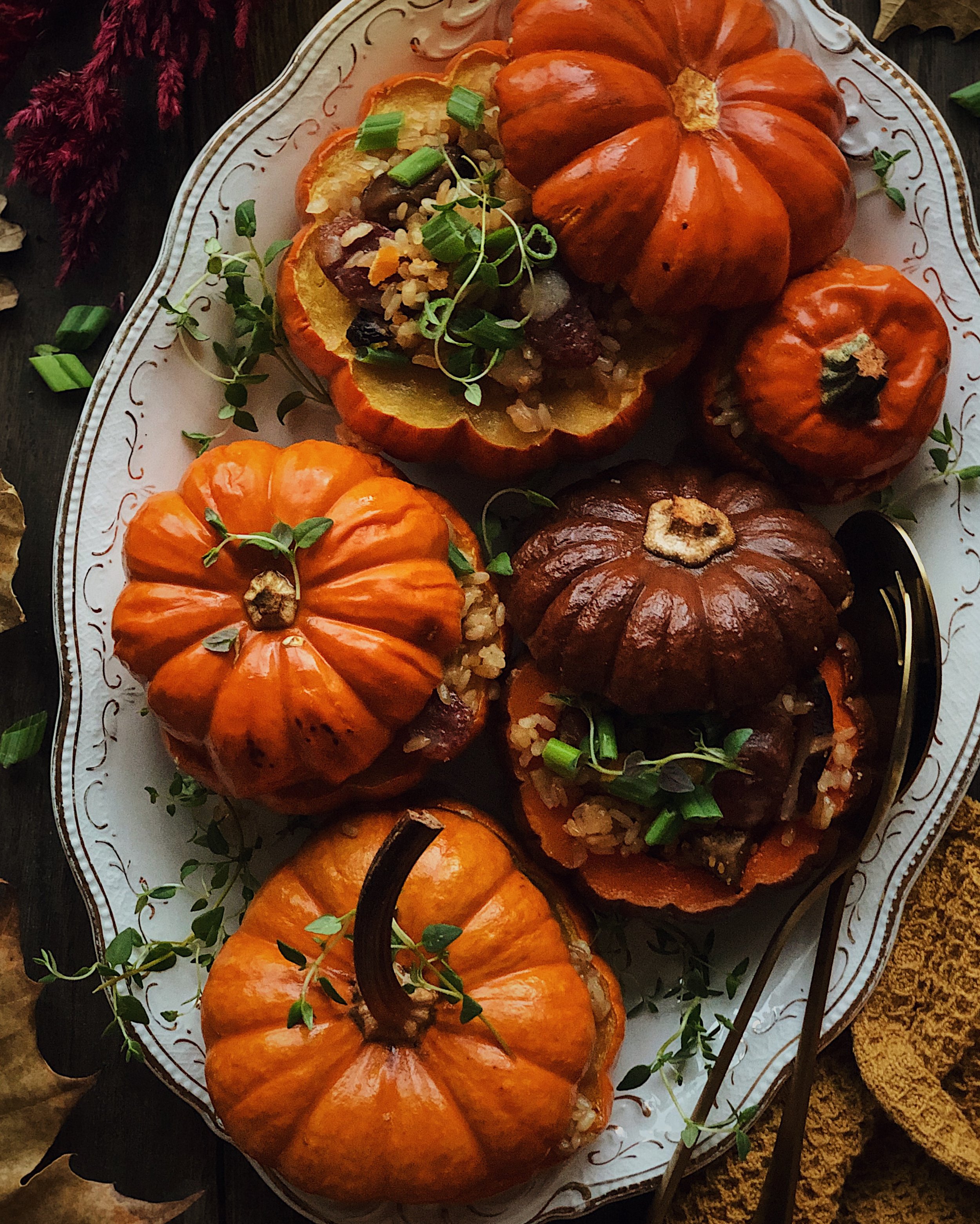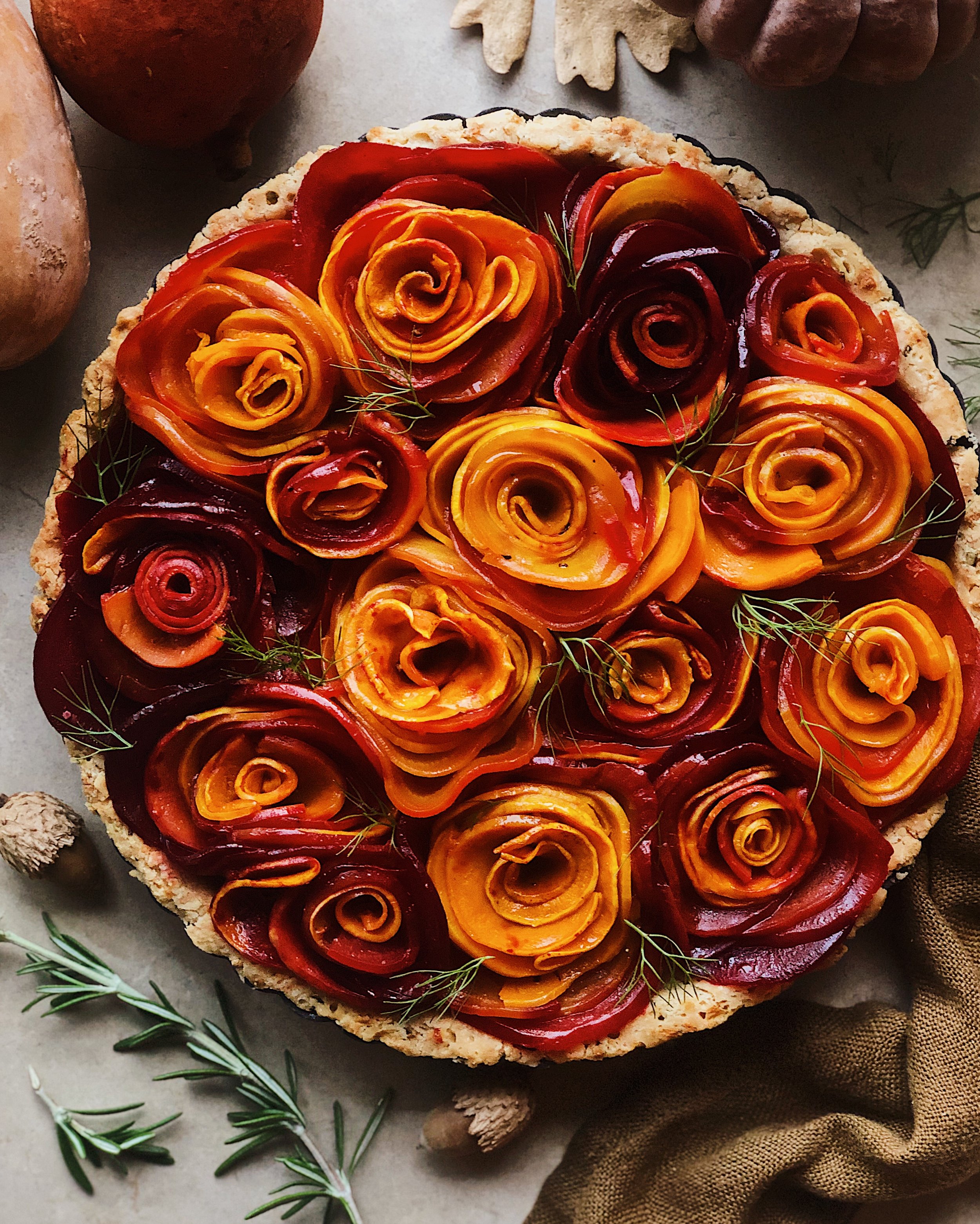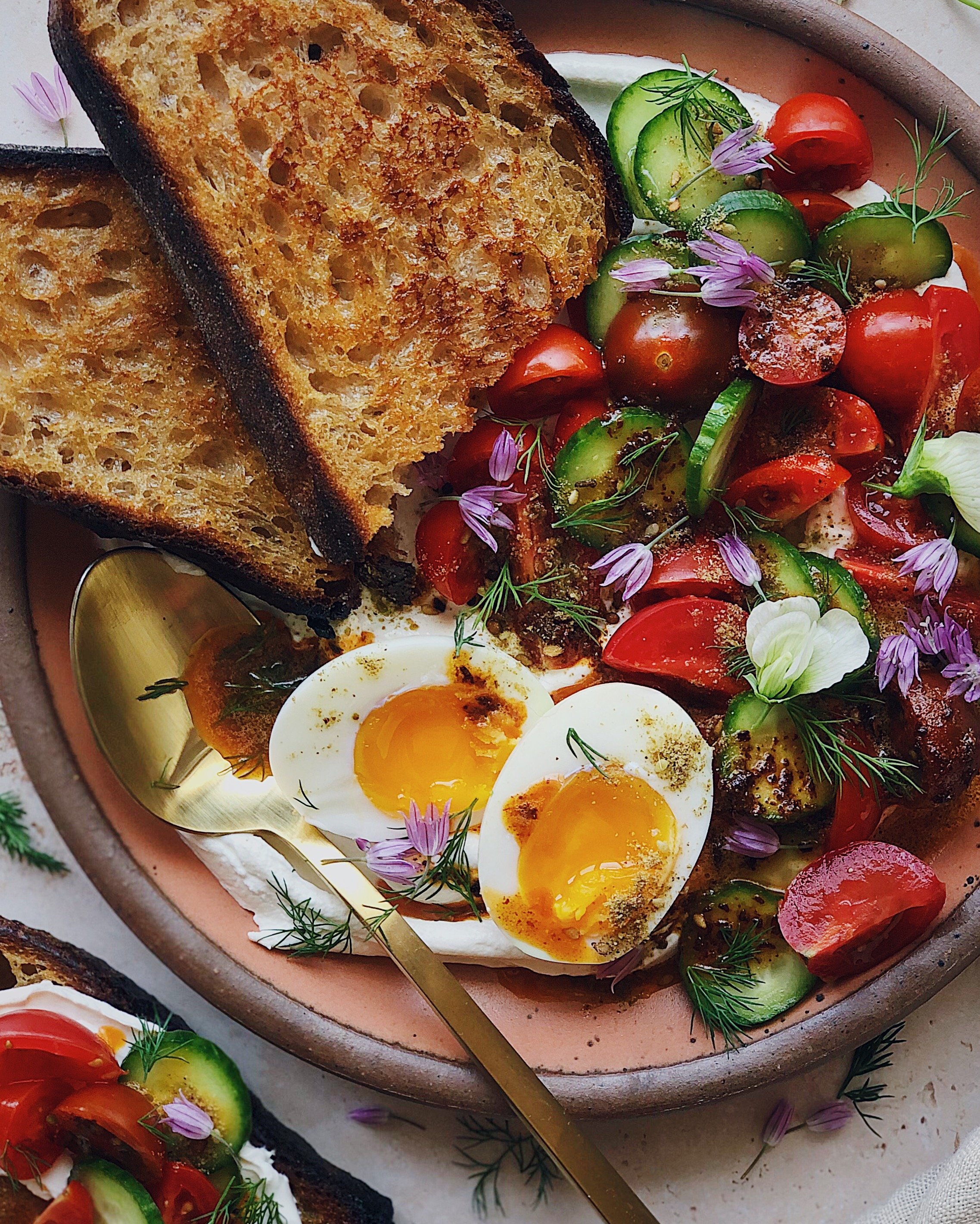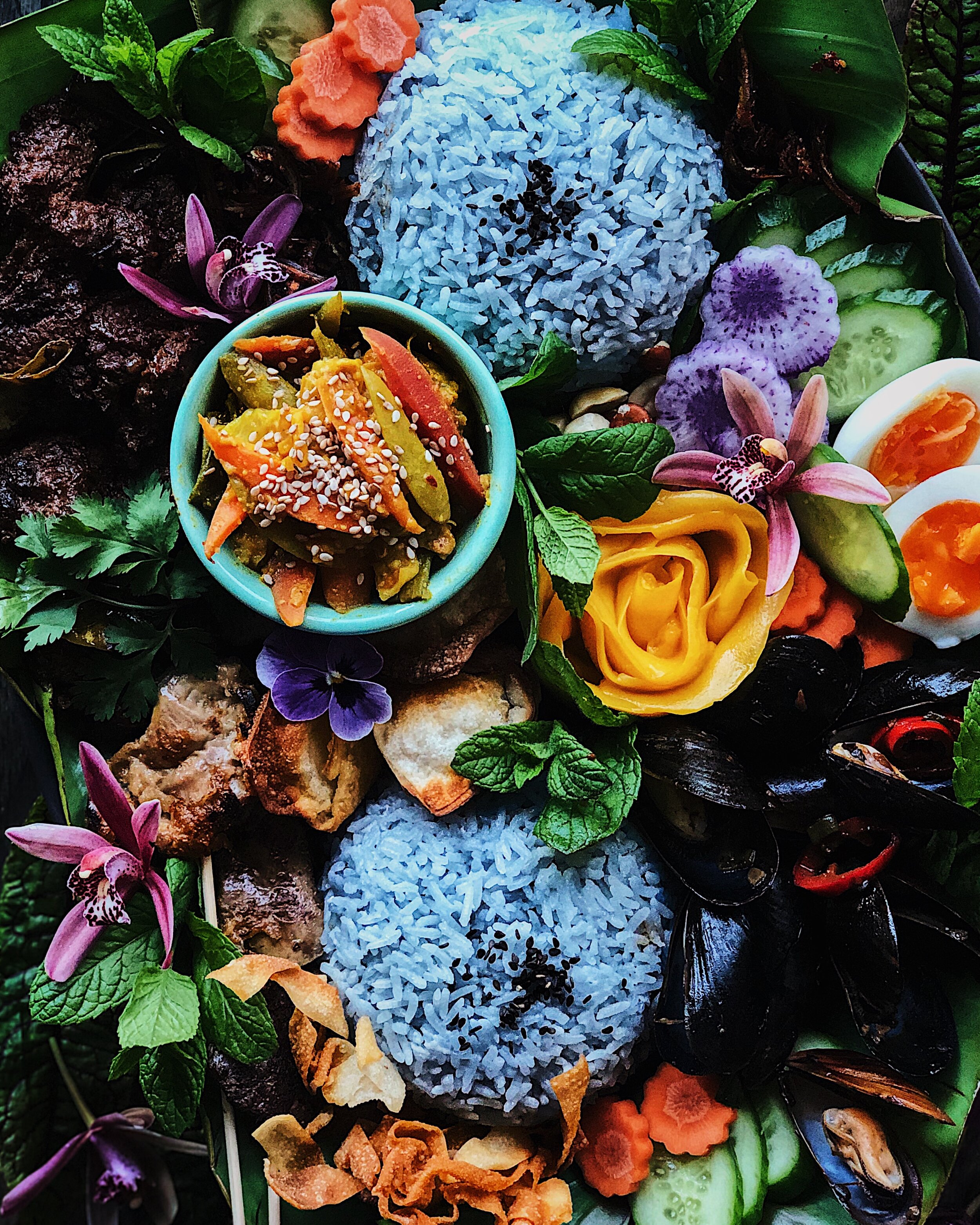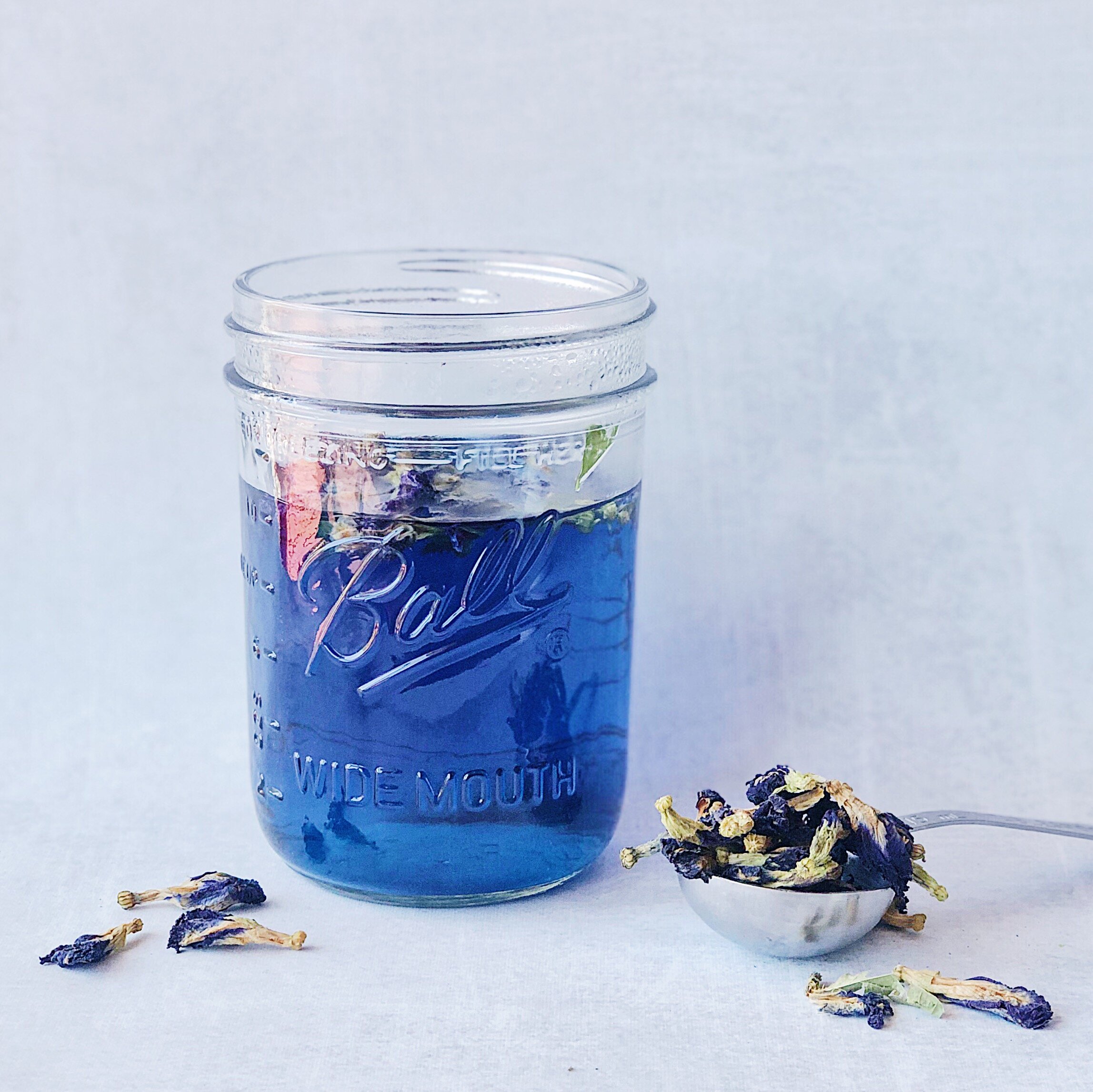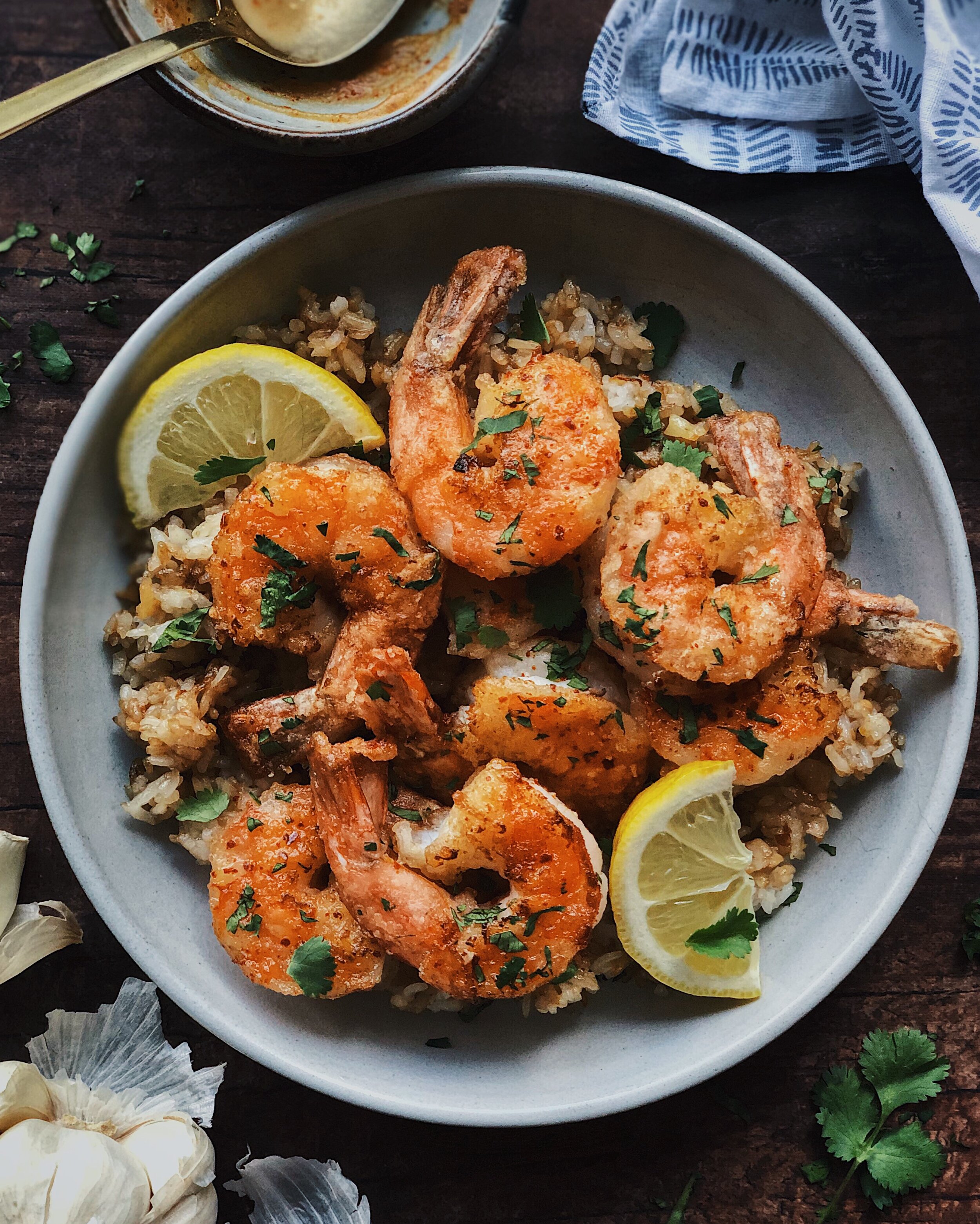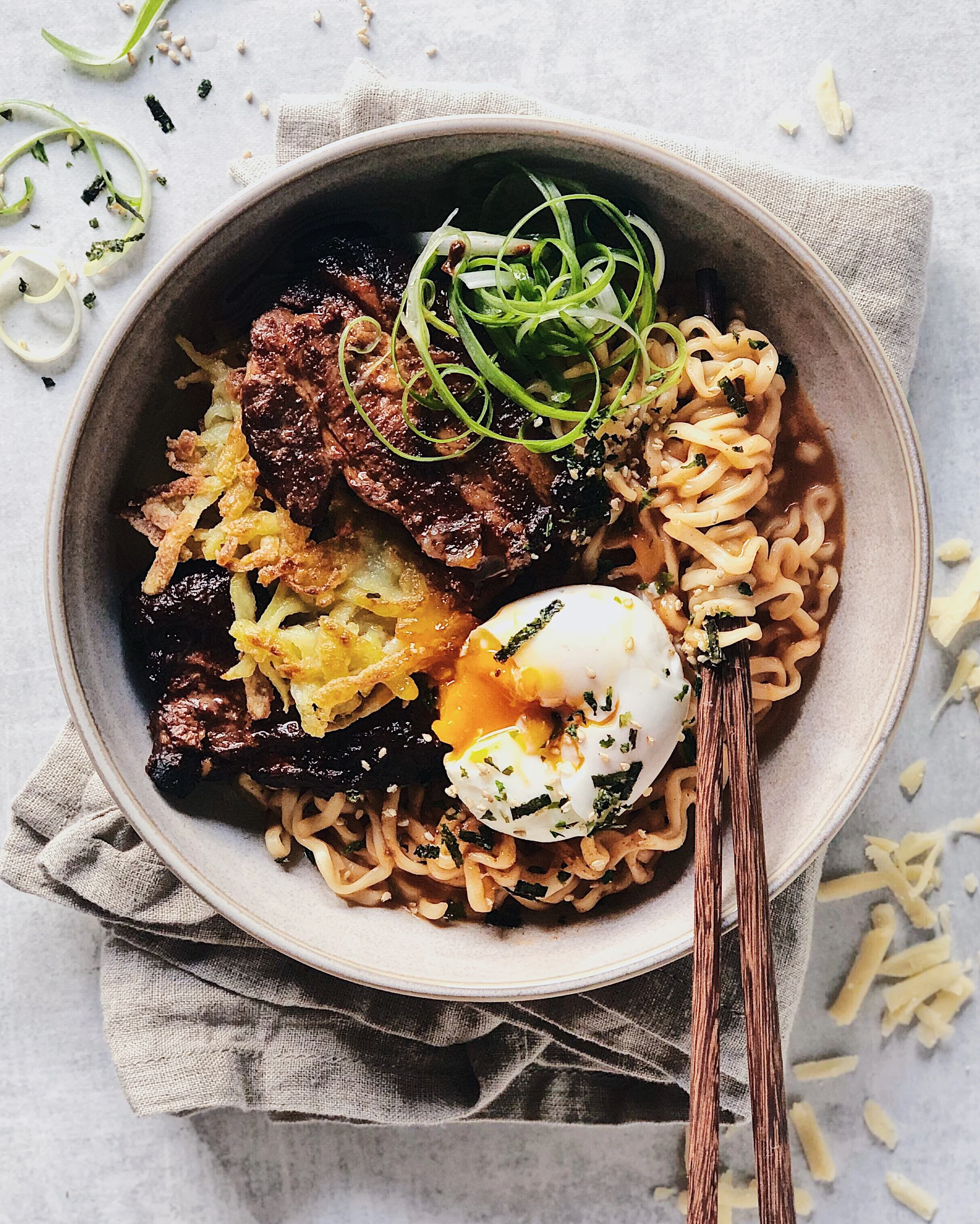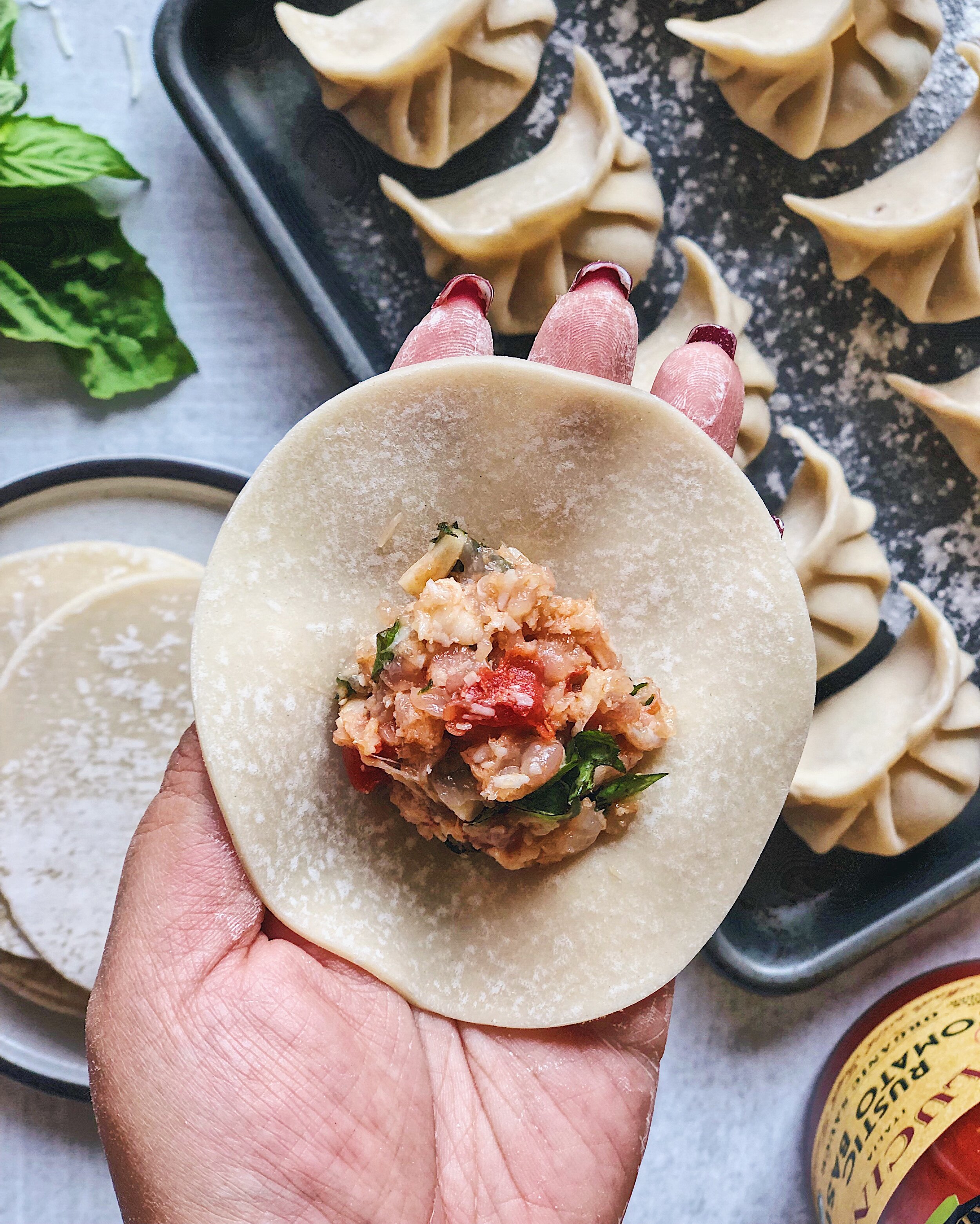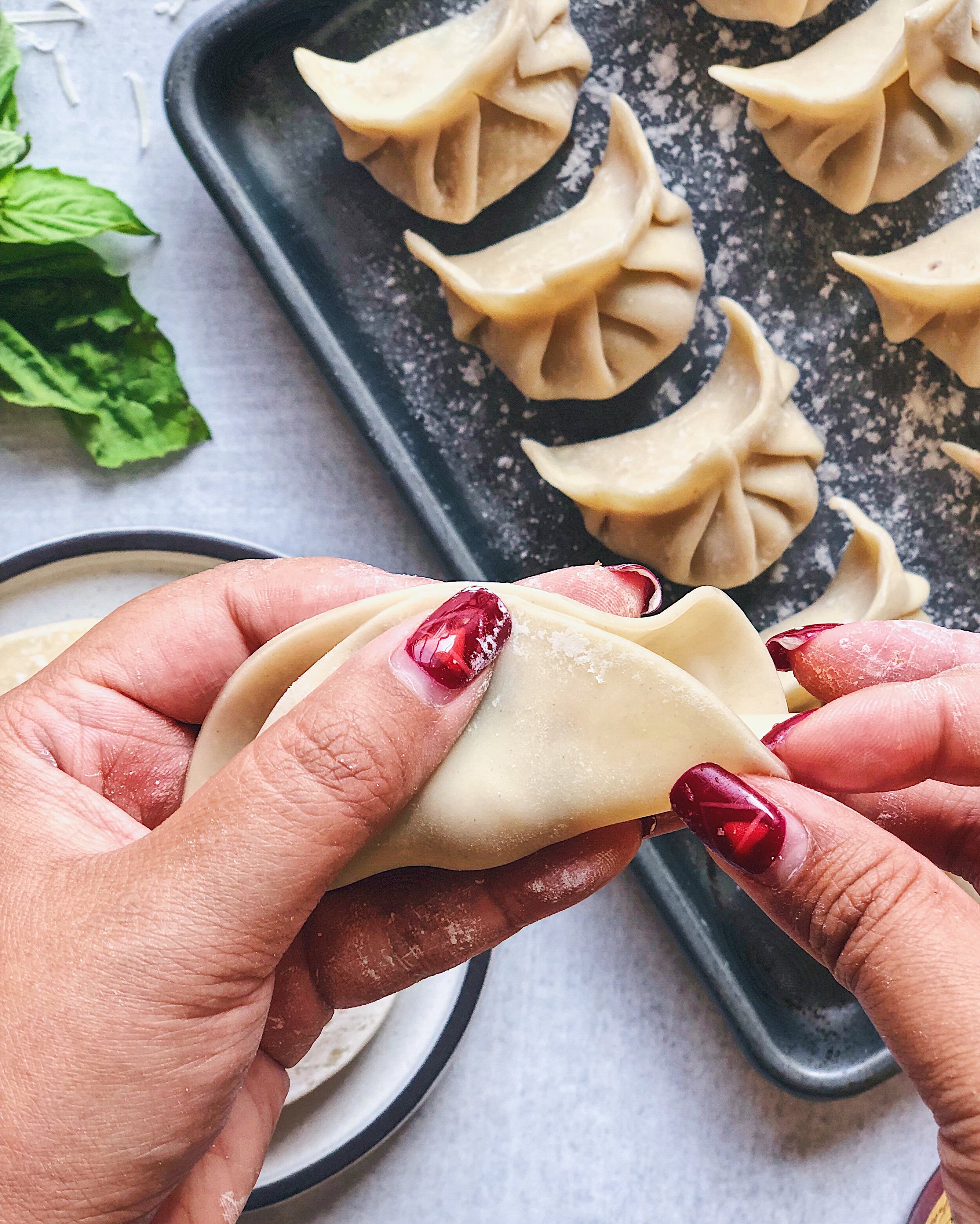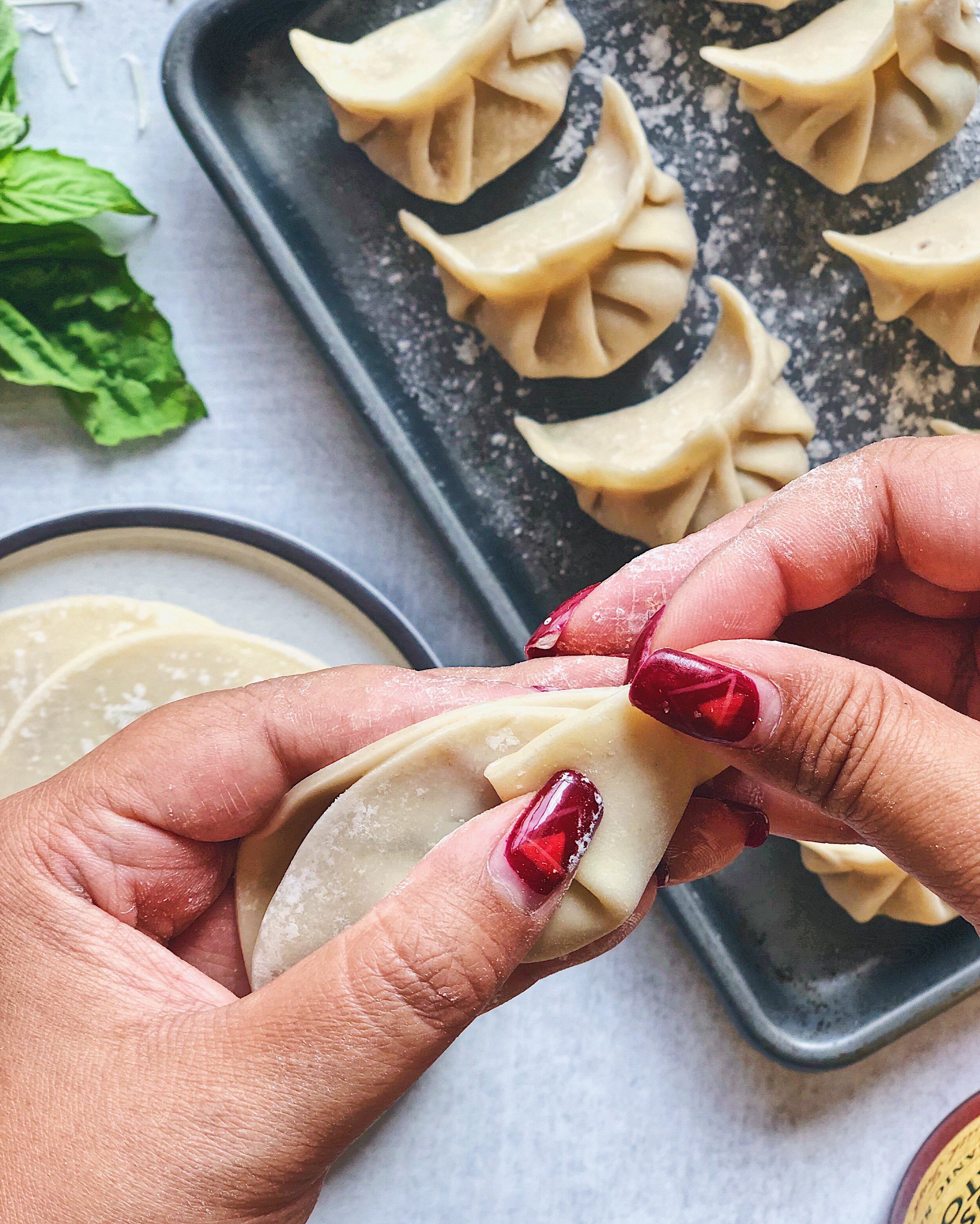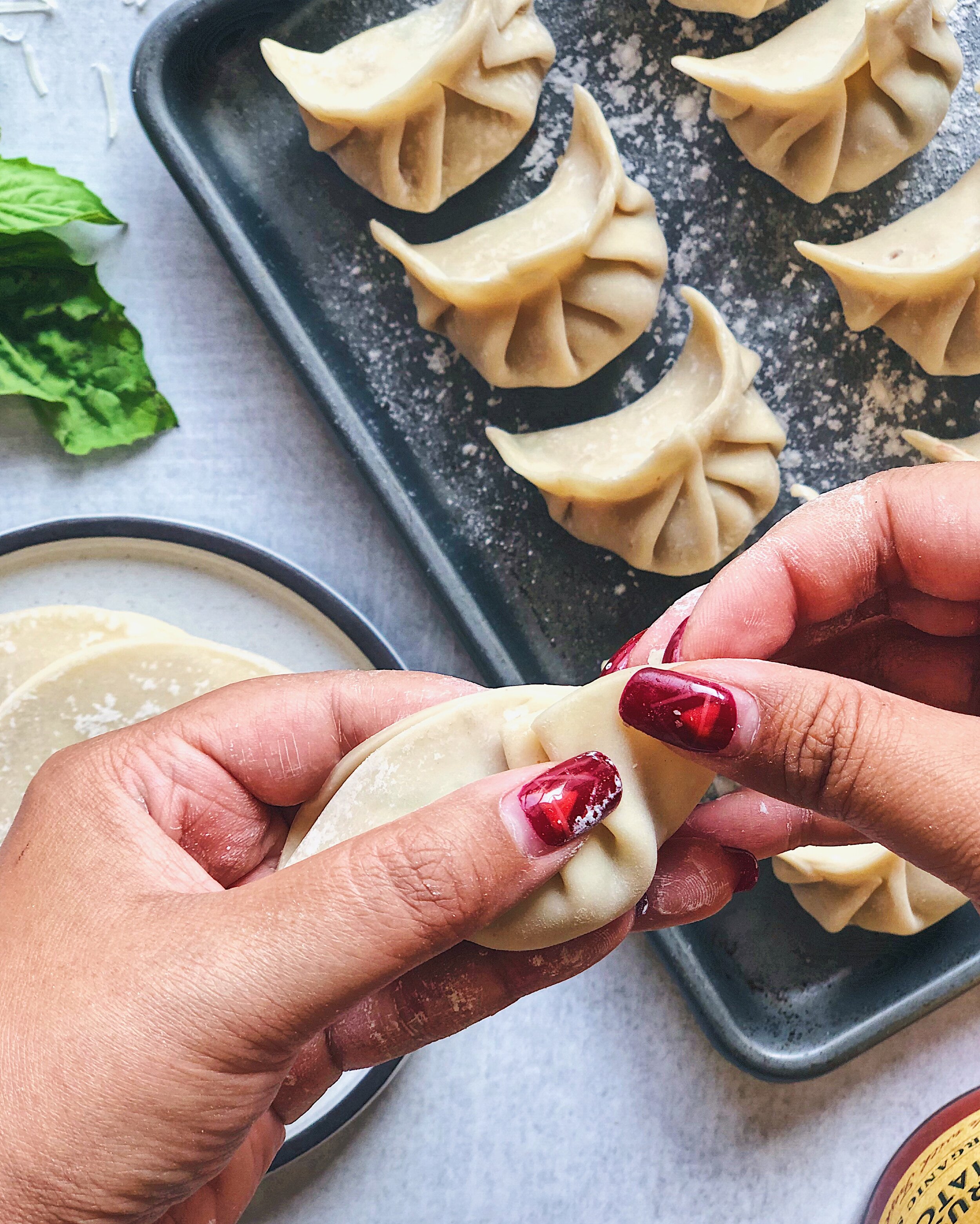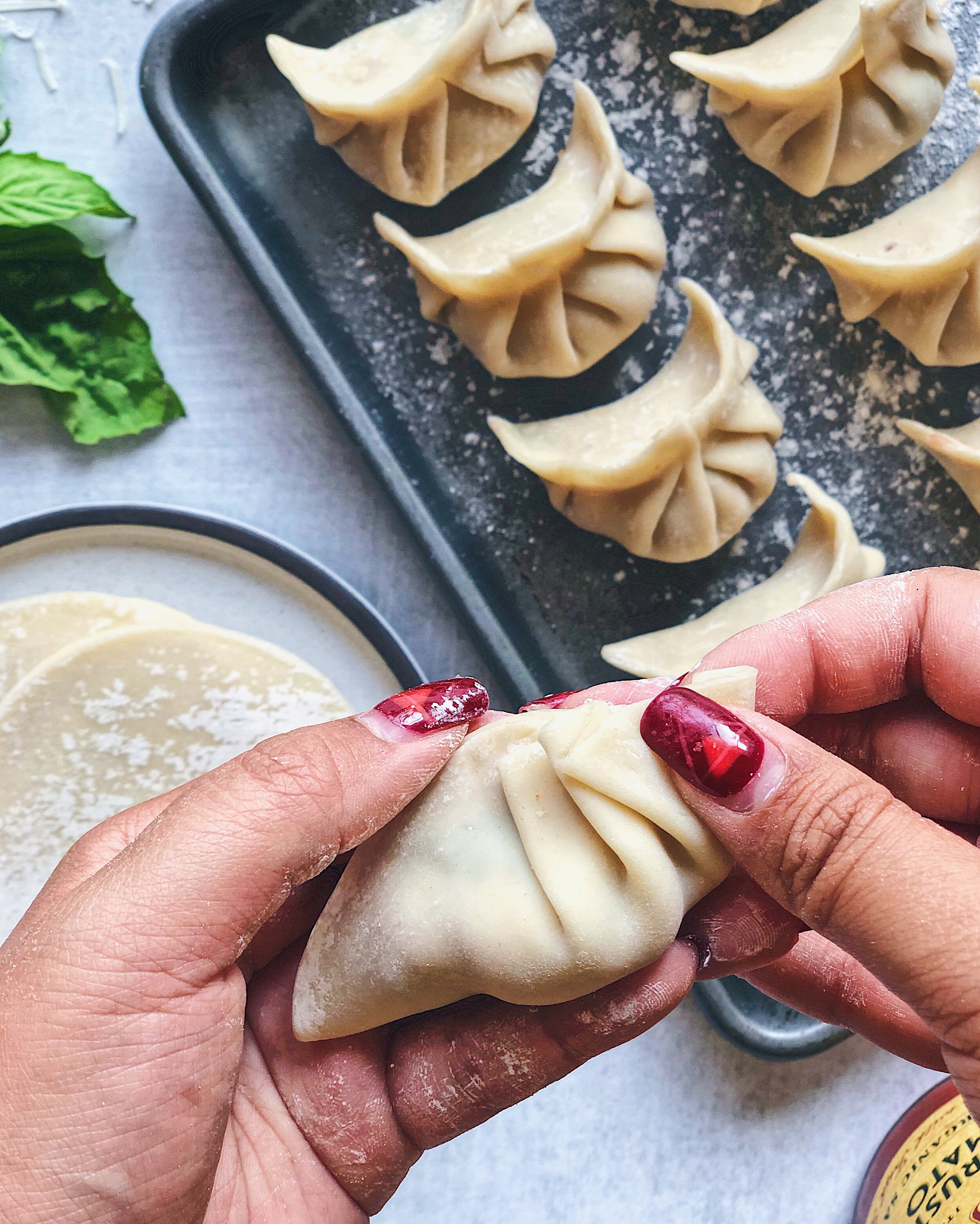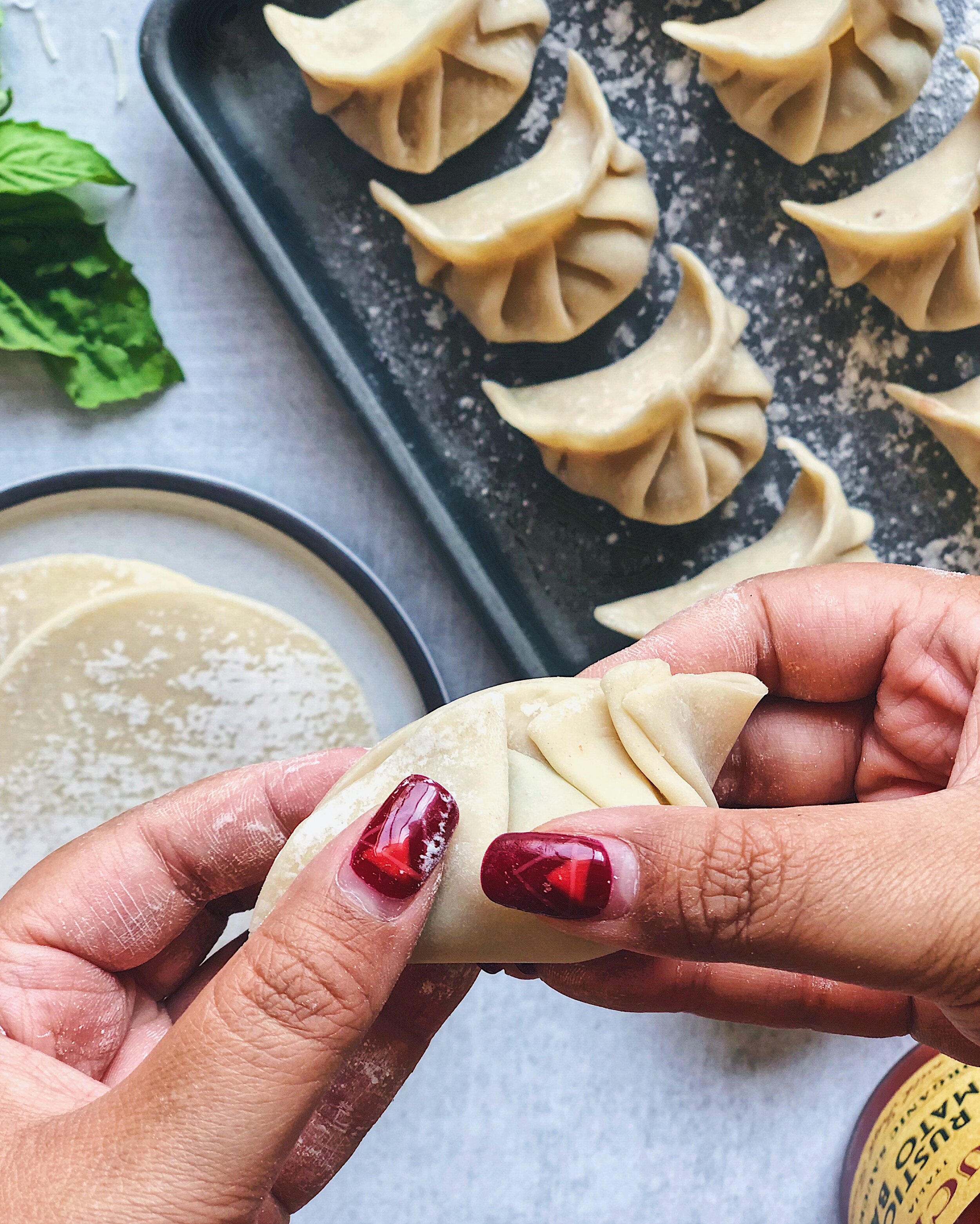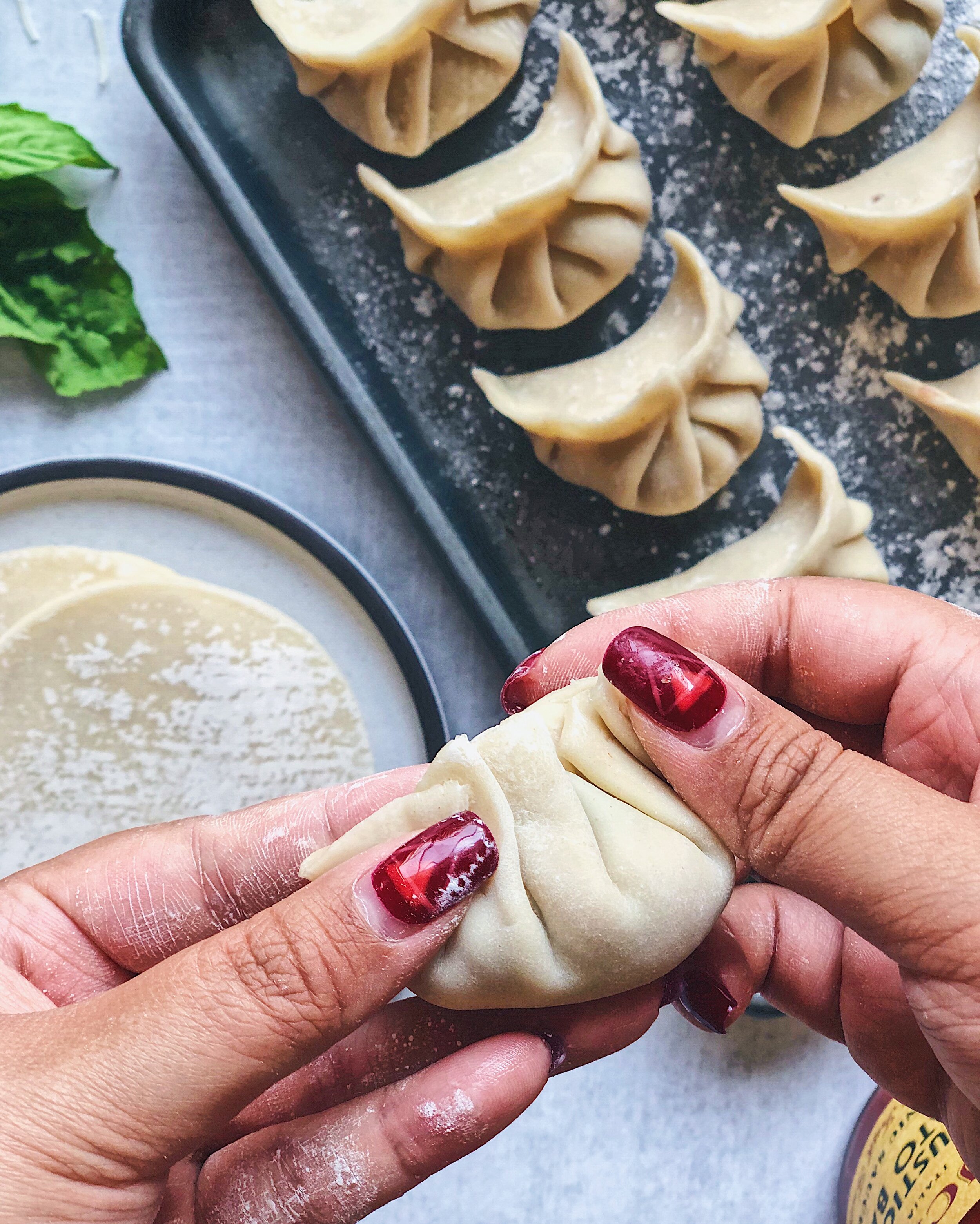Recipe: Spicy Mandu & Vegetable Soup
/We are all craving comfort foods right now but many soups and stews take hours to prepare. But I partnered with Bibigo USA to come up with something that would give us that warm, comforting feeling for our bellies without that extra time and planning. This recipe includes a quick and versatile spicy broth base that provides plenty of flavor without having to simmer on the stove all day. With the protein component being taken care of using Bibigo’s convenient mandu—their Beef & Vegetable Dumplings are my favorite frozen dumplings!—the soup can be filled out with whatever veggie scraps you have in your fridge. This soup is a great refrigerator cleanout meal! If you want, cut your veggies into cute flowers to transform them into something special!
How to Make Spicy Mandu & Vegetable Soup
Ingredients
2 tbsp Bibigo Hot & Sweet Go-Chu-Jang Sauce
3 cloves garlic, finely minced
4–5 tsp fish sauce
2 tbsp soju or mirin
2–3 tsp gochugaru
2 1/2 cups bone broth or any prepared broth
1/2 large carrot
2 gray squashes
6 cremini mushrooms
2 scallions
6 Bibigo Beef & Vegetable Mandu
Procedure
In a small bowl, combine the Bibigo Hot & Sweet Go-Chu-Jang Sauce, garlic, fish sauce, soju, and gochugaru and mix thoroughly. Set aside.
To prepare the vegetables, slice the carrot into 1/6-inch thick disks. Cut the gray squashes into disks or matchsticks. Slice the scallions on a bias, and set aside the softer green parts for garnish. (Optional: Use a flower-shaped vegetable cutter on the carrot slices. Then use a small paring knife to cut flower designs into the caps of the mushrooms.)
In a small pot, bring the broth up to a boil. Lower heat to a simmer and stir in the spicy sauce mixture. Add the whites of the scallions and all the carrot pieces. Simmer for 2 minutes to allow the carrots to become more tender, then add the squash and Bibigo Beef & Vegetable Mandu. After 4 minutes, add the mushrooms. Simmer until mushrooms are tender and mandu are heated through, about 2–3 minutes.
Divide broth, vegetables, and mandu into 2 bowls and garnish with the green scallion slices.
Thank you so much to Bibigo USA for sponsoring this recipe! For more recipe ideas and to learn more about their products, visit their website!









